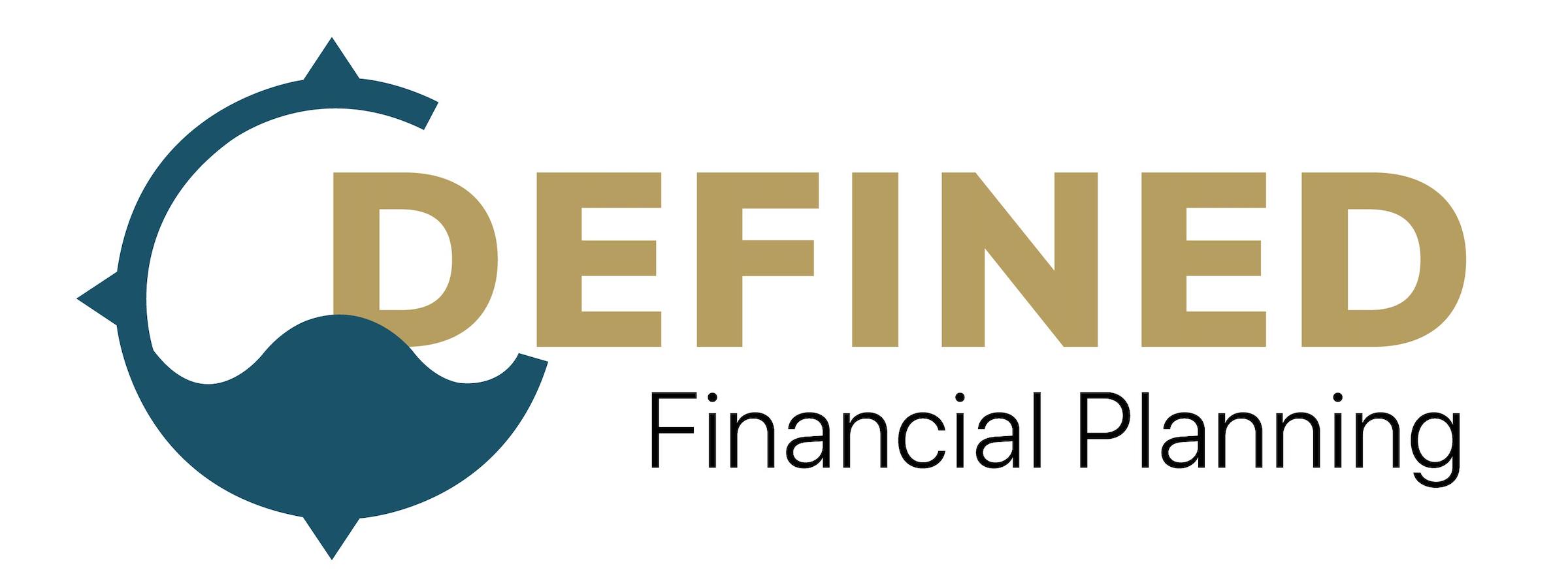
Investment Philosophy
In the 1990s, State Street Global Advisors launched the first US-based Exchange Traded Fund (ETF), called the S&P 500 Trust - SPDR for short - starting off a revolution of index-based investing. Thus, allowing investors to take a more passive approach to their portfolio allocations by simply buying ETF investments which track a broad index such as the S&P 500. In recent years, the growth of the ETF market has hit mainstream media, sparking a larger debate as to whether to take an active approach or to take a passive approach to portfolio management.
Active investing is a portfolio management strategy that actively buys and sells investments with the goal of outperforming its respective benchmark, whereas passive investing simply tries to mimic its respective benchmark. Broadly speaking, active management tends to be more expensive and has a larger dispersion from the mean, or in other terms, large differences in performance. Passive investing tends to be lower in cost, and because of its explicit goal of tracking its benchmark, we usually see similar performances for each product tracking the same benchmark.
Both passive and active management styles have their respective positives and negatives. At Defined Financial Planning, we tend to deploy a hybrid approach for our clients. Assets earmarked with longer time horizons can withstand more volatility but are more susceptible to performance erosion caused by higher fees. Assets earmarked with shorter time horizons have more sensitivity to short-term volatility and they might require periodic distributions. Passive and active investments’ net performances might also vary, depending on account types and tax qualifications. We find that the right mixture of both passive and active investing will have the highest probability of achieving our clients’ desired results.
